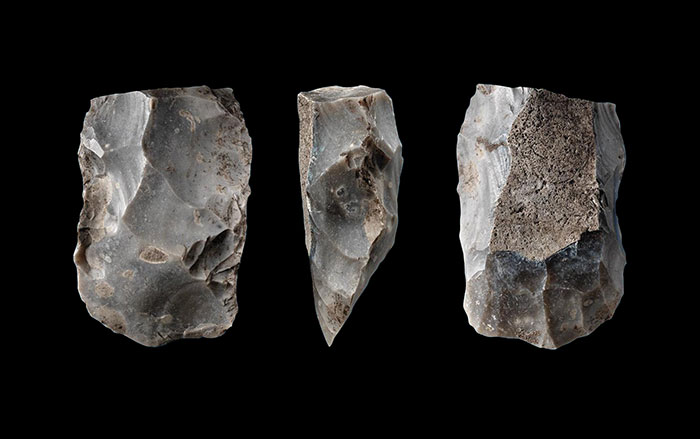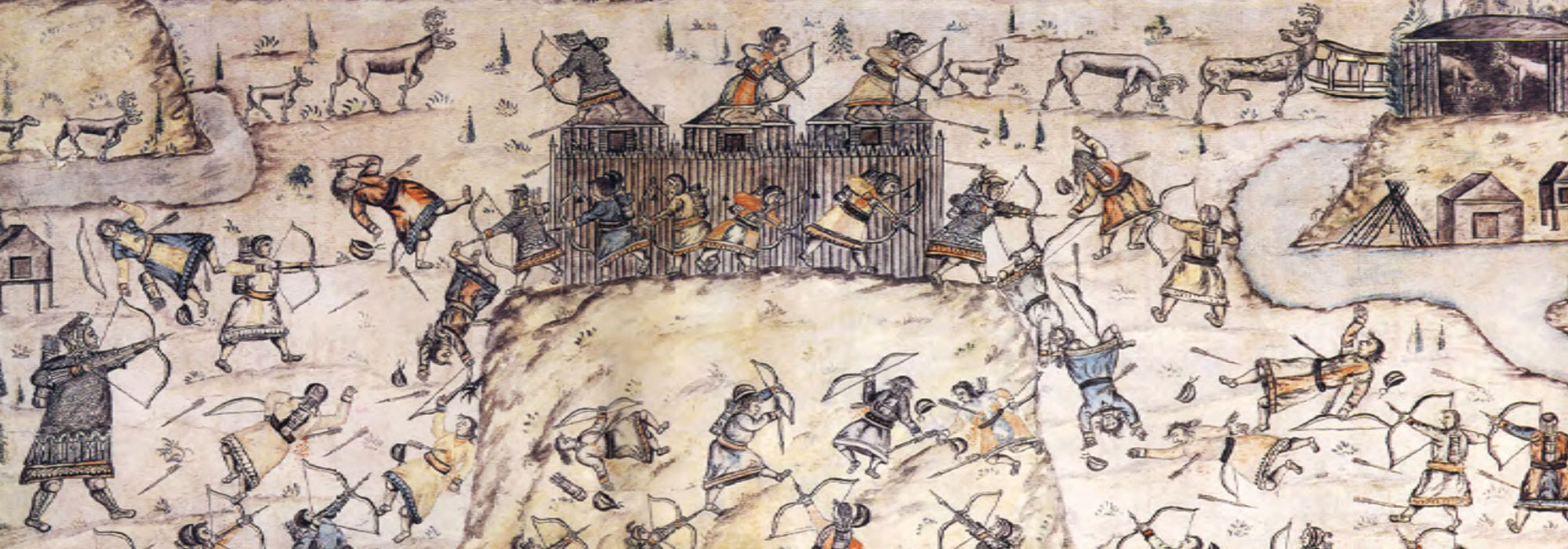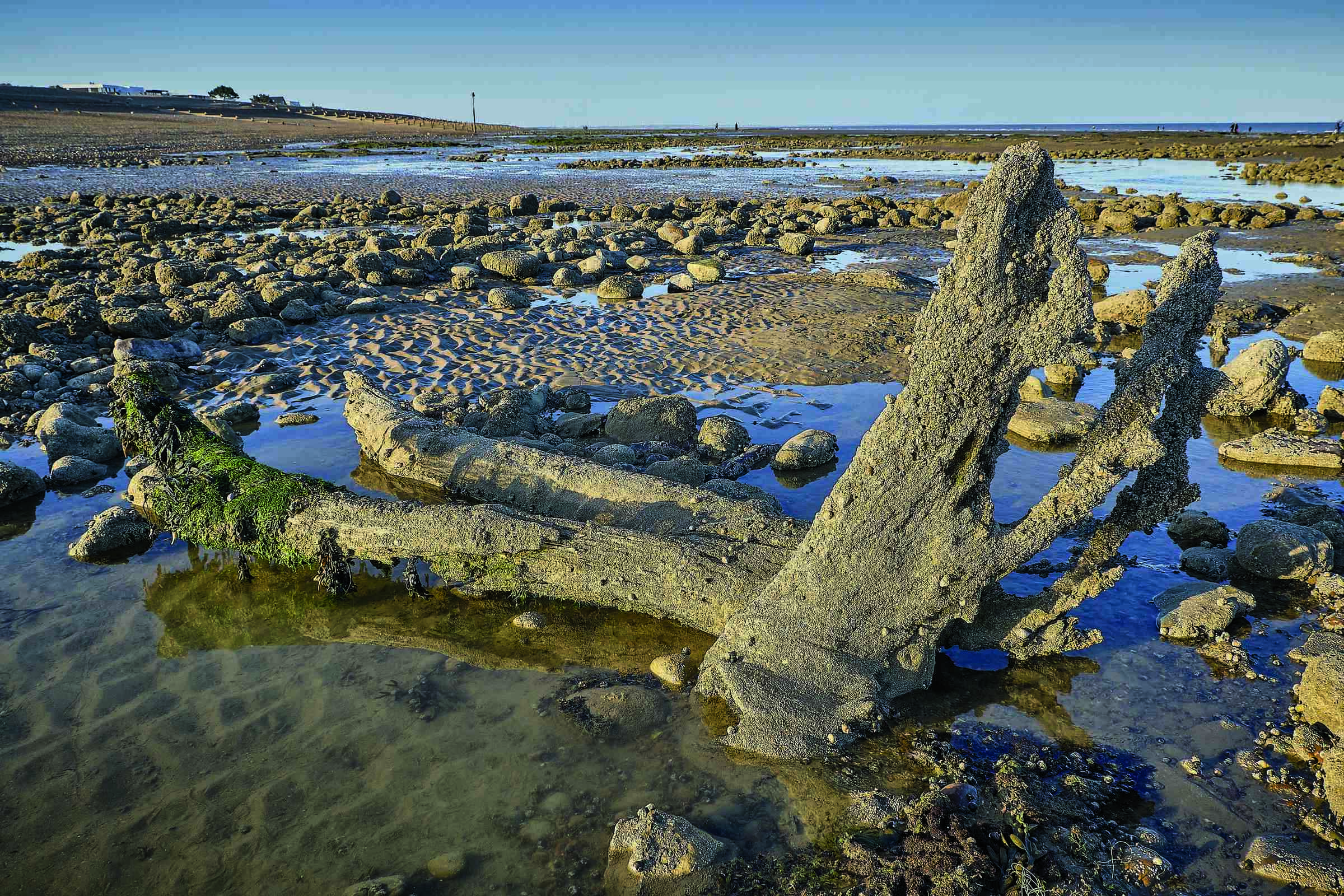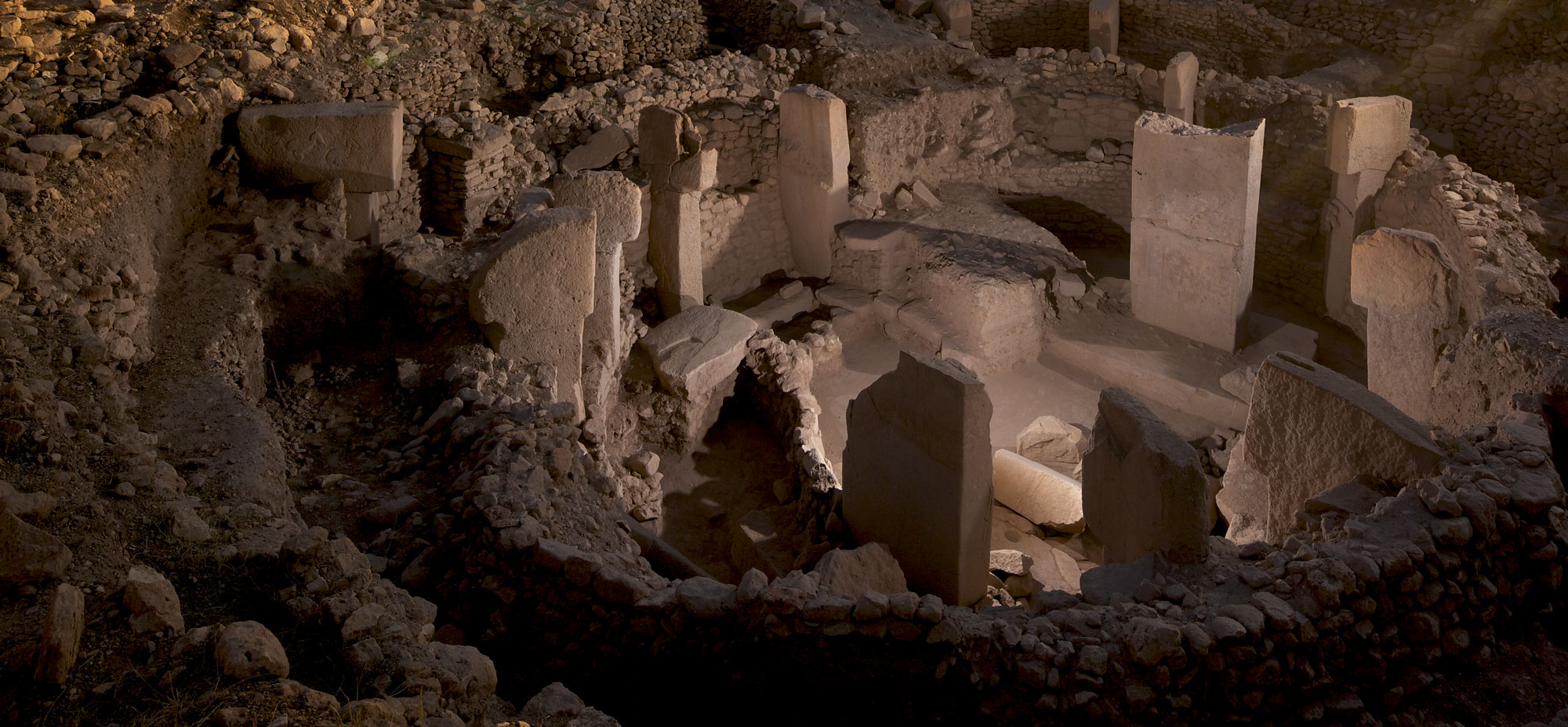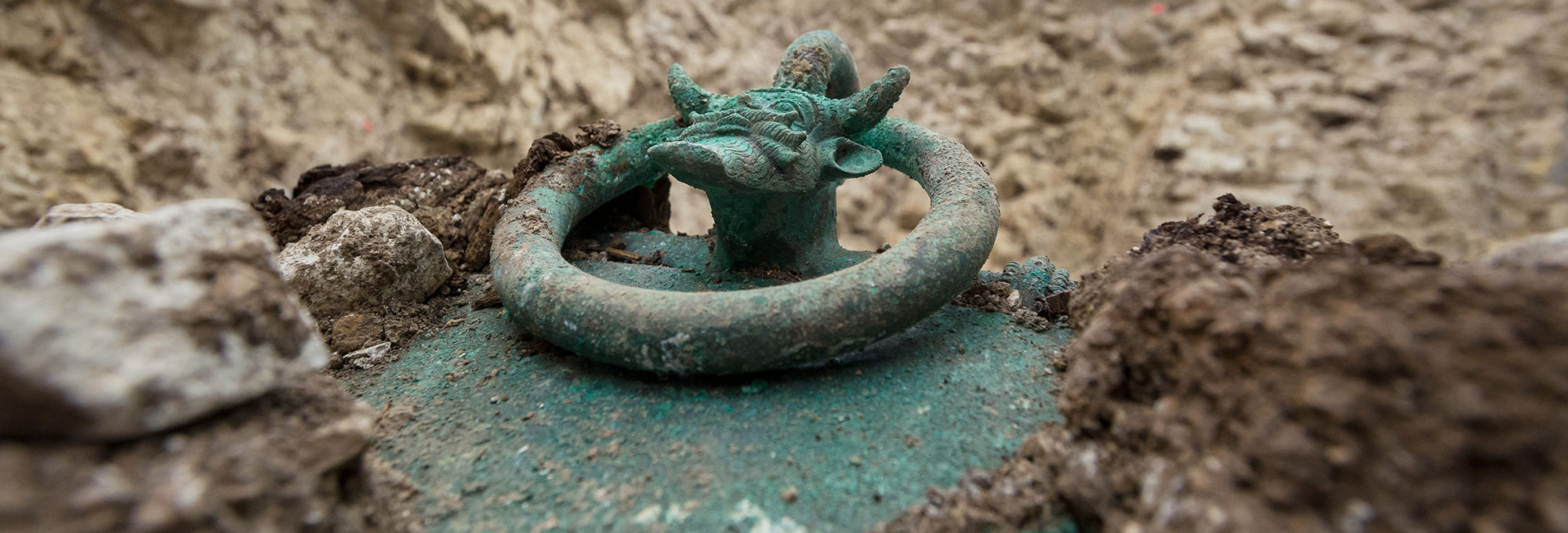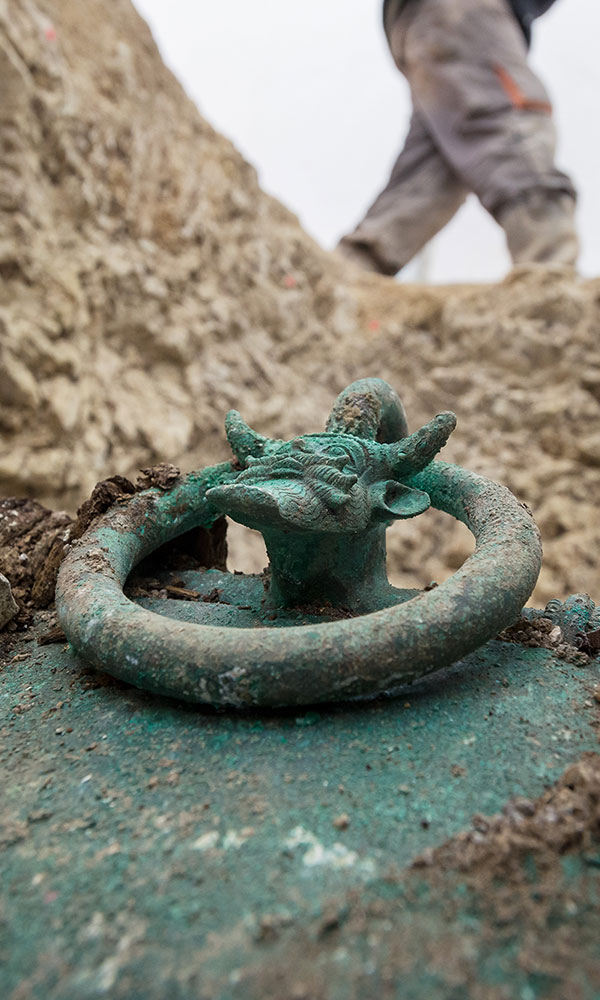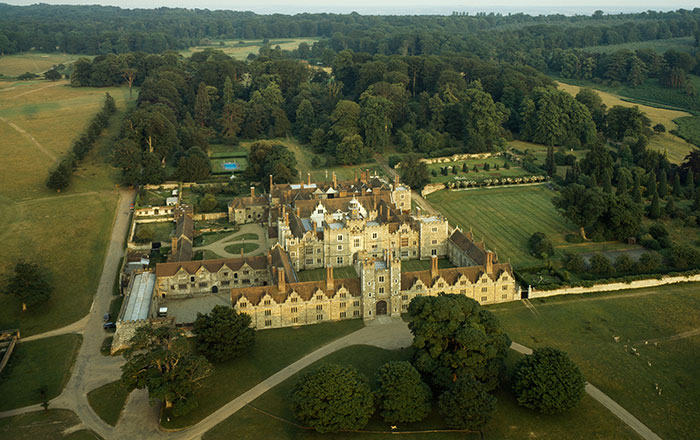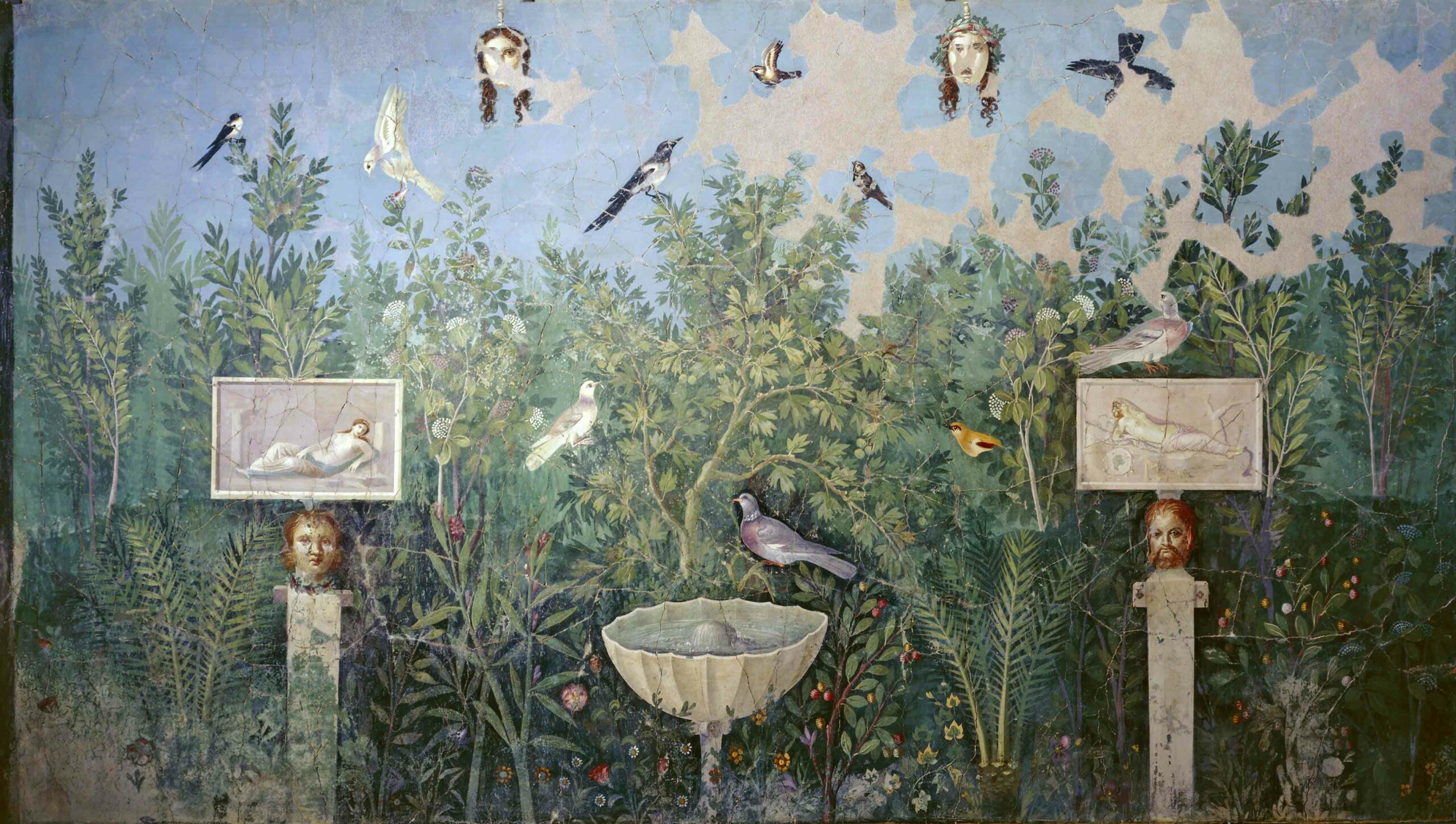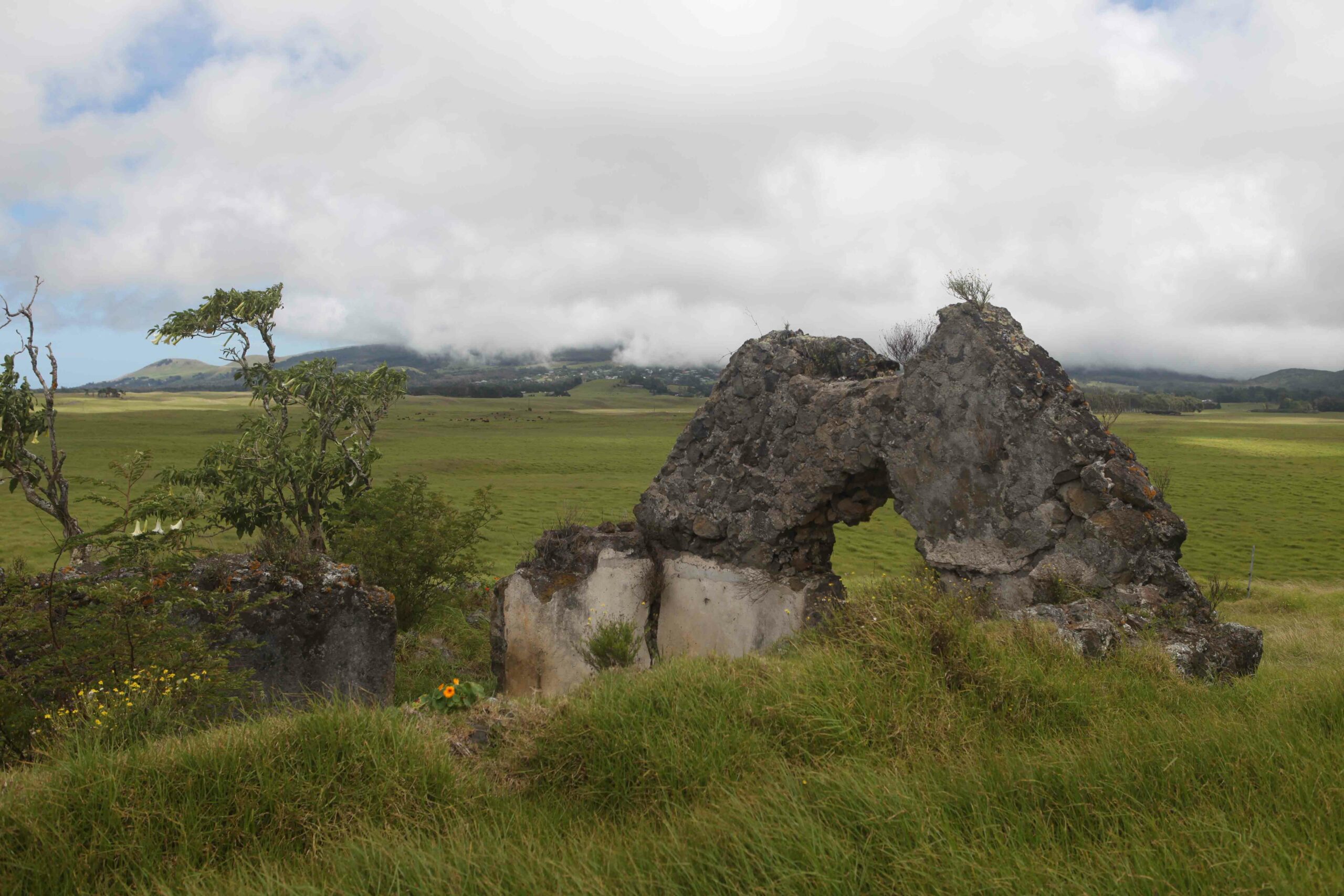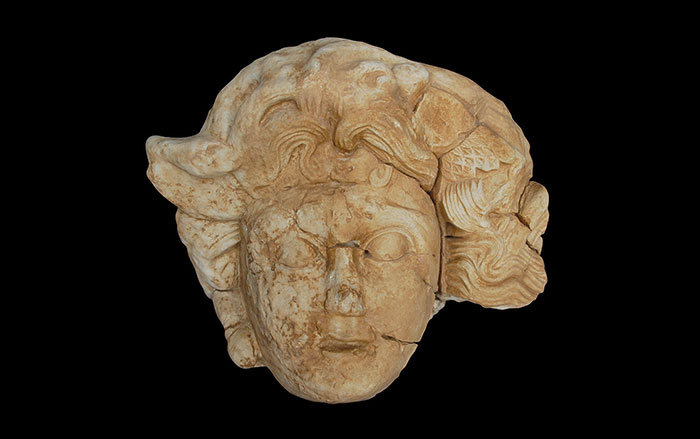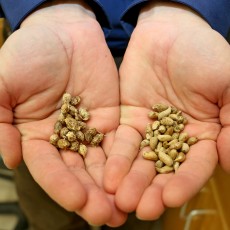
ATHENS, GEORGIA—Today’s cultivated peanut plants are a hybrid of two very similar wild plants, Arachis duranensis and Arachis ipaensis. So, researchers led by David Bertioli of the Universidade de Brasília and the University of Georgia, working with the International Peanut Genome Initiative, used the genomes of the wild plants as a first step in mapping the two separate sub-genomes carried by the modern peanut. The study showed that one of the sub-genomes of cultivated peanuts is nearly identical to A. ipaensis. “It’s almost as if we had traveled back in time and sampled the same plant that gave rise to cultivated peanuts from the gardens of these ancient people,” Bertioli said in a press release. When the A. ipaensis sample was collected by botanists in 1971, it was growing in a small population in an isolated area of Bolivia. The scientists think that hunter gatherers planted A. ipaensis at the site some 10,000 years ago, and that a bee may have carried out the hybridization. “It’s the only place where A and B genome species have ever been found growing close together,” he said. To learn about how the Incas kept track of crops including peanuts, go to "Reading an Inca Archive."


